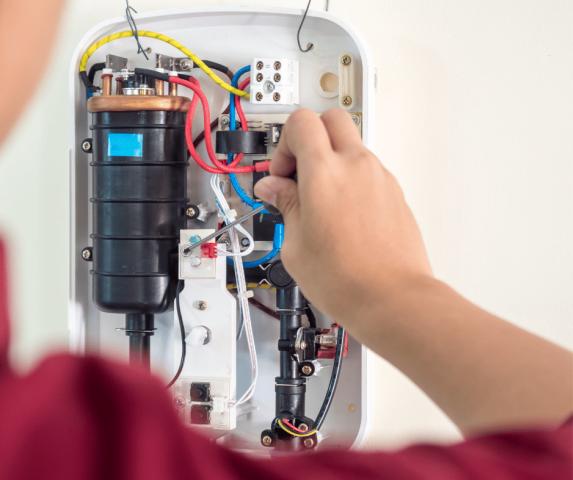Casual, party->Heads Up-> — fast-paced, socially driven, and hilarious. These apps thrive on interaction, real-time fun, and the kind of laughter that spreads like wildfire.
Apps like Heads Up!, Charades!, and their many clones have consistently stayed relevant, despite being simple in concept. So what makes them work? And if you're a developer or entrepreneur, how can you ride this wave and build an app people actually want to play?
Let’s break down the psychology, market trends, and development strategy behind launching a successful Heads Up game app.
🎉 The Psychology Behind the Popularity
At their core, Heads Up->
Social Bonding: Group games boost connection and laughter. This is especially relevant post-pandemic, with people seeking more in-person fun.
Simplicity: No one wants to spend 15 minutes learning a party game. Heads Up games app offer plug-and-play entertainment.
Spectatorship: Even if you're not playing, watching someone try to guess a word in panic is half the fun.
Replay Value: With endless word combinations and themes, no two games feel the same.
📈 Market Opportunity: Why It’s Not Too Late
You might think the space is saturated. In reality, there's still plenty of room for innovation.
Here’s why:
Most current apps lack polish or innovation
Regional/local language versions are underserved
Niche audiences (kids, professionals, ESL learners, etc.) crave tailored experiences
The casual game market is projected to reach $23B+ globally by 2027
By targeting the right audience and building with intention, a new app can stand out — even in a crowded space.
🛠️ Key Elements for a Winning Heads Up App
To succeed, your app needs more than just a timer and word list. Here’s what matters:
1. Frictionless UX
One-tap game start
Easy-to-read text
Gestures (tilt up/down) that just work
2. Fresh, Funny Content
Regularly updated decks
Pop culture references (trending shows, memes, music)
Seasonal decks (Halloween, Holidays, Office Edition)
3. Smart Monetization
Free decks for casual users
Premium bundles (e.g., “Game Night Pack”)
Subscriptions for unlimited access
Optional ads (but never during a round)
4. Offline & Online Play
Offline for house parties
Online for remote play — especially post-2020
5. Shareability
Post-game scorecards or funny moment recaps
Video recording to share on Instagram/TikTok
Invite friends with game codes or links
⚙️ Growth Strategy: How to Make It Stick
It’s not enough to build the app. You need to grow it — smartly.
🔄 Viral Loops
Let players share videos from the app
Use leaderboard challenges (“Guess 15 right in 60s!”)
In-game prompts to invite friends = organic growth
🌍 Localization
Translate decks into multiple language
Create culturally relevant decks (Bollywood, K-drama, etc.)
Add regional sound effects or voices
🧠 Data-Driven Improvements
Use analytics (Firebase, Mixpanel) to track:
Deck popularity
Drop-off points
Gesture success/failure rate
🚧 What to Avoid (Common Pitfalls)
Overcomplicating the UI – Keep it clean, fast, and obvious
Missing content moderation – Custom decks can lead to abuse if unmoderated.
Not testing on real people – You must test in group settings before launch.
Heavy ads – This is a party game. Interruptions kill the vibe.
🧩 Niche Ideas: Think Beyond Just a Clone
Want to stand out? Here are a few creative twists
Educational Version: Great for classrooms or ESL learner
NSFW Mode: For adults-only game night
Kids’ Edition: With illustrations, voiceovers, and no reading require
TV Mode: Cast to a smart TV, use phones as buzzers or controllers
🏁 Final Thoughts
Heads Up->Reimagine. With the right content, seamless UX, and thoughtful marketing, your app could be the next viral hit at game night, in classrooms, or across office happy hours.
Now, the only question left is: What’s your first deck going to be?

















